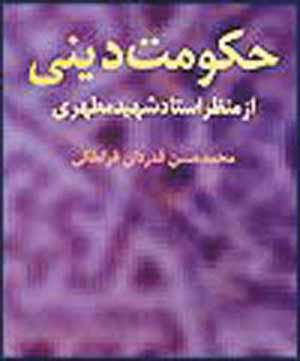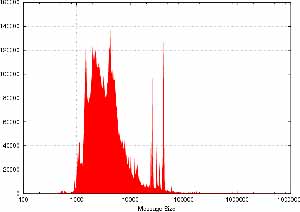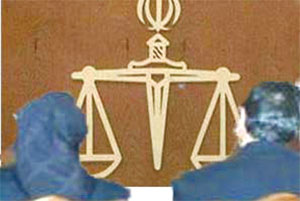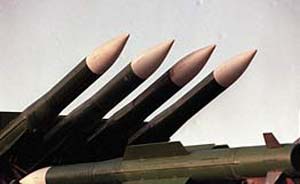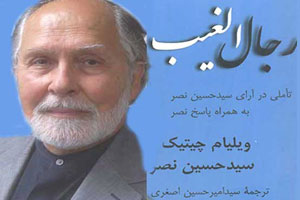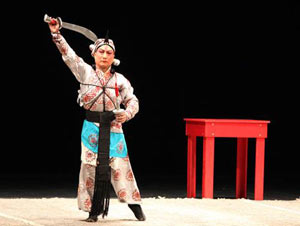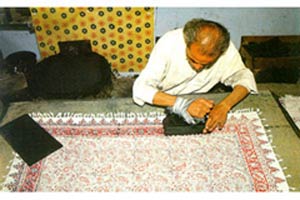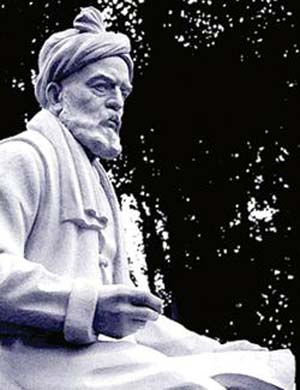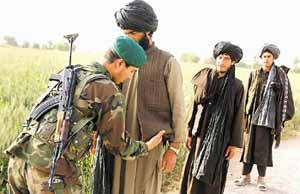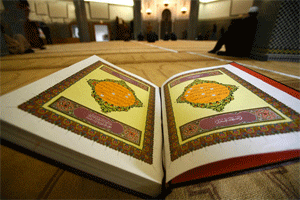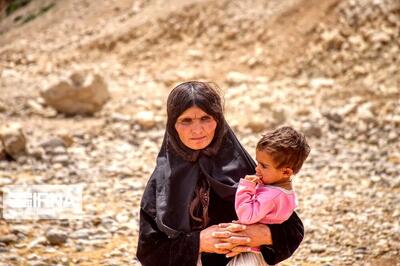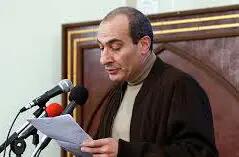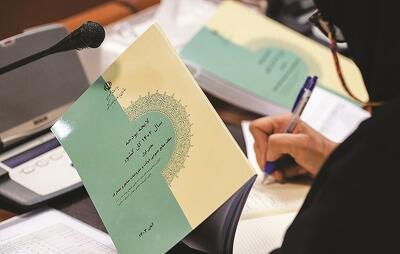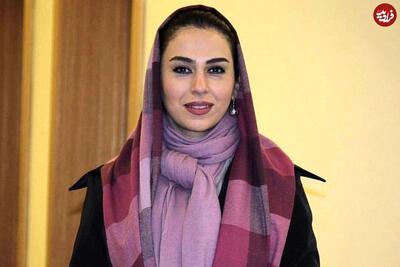پنجشنبه, ۹ اسفند, ۱۴۰۳ / 27 February, 2025
قبیله آسترکی خوزستان
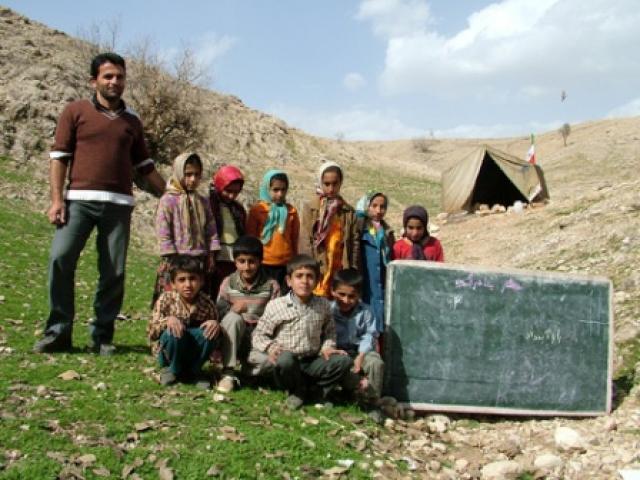
تصویر: برگرفته از وبلاگ آسترکی
(یا اشترکی)، یکی از شش خرده قبیله است که در حال حاضر قبیله ی دورکی از اتحادیه هفت لنگ مردم بختیاری را تشکیل می دهند .
آسترکی(یا اشترکی)، یکی از شش خرده قبیله است که در حال حاضر قبیله ی دورکی از اتحادیه(ایل) هفت لنگ مردم بختیاری را تشکیل می دهند .آسترکی به پنج طایفه (تیره) بهرام سری ،کاوشِه، کاعی وند ، توشمال ، چاربری تقسیم می شود ( سابق بر این با قاعد شاهی 6 طایفه وجود داشت ، اما قاعد شاهی خودش را جدا کرد و به قبیله ی ممیوند از اتحادیه ی چارلنگ ملحق شد که برخی از فامیلهای بهرام سری بودند) چراگاههای تابستانی و زمستانی شان در خوزستان بین منطقه جاه بُلَغ و بُربُرود( در زیر استان بروجرد) و دزفول قرار داشت. بر طبق تحقیقات نویسندگان معاصر،آسترکی های چهارلنگ ، تابستان نزدیک بختیاری زلکی و زمستان در منطقه دارسَفید وآب گرمک(همچنین در خوزستان) هستند.
در شرفنامه شمس الدین شرف خان بدلیسی از آسترکی(در 97-1596/1005 ) به عنوان یکی از 27 قبیله لر و کرد که در طول منطقه اتابک نصرت الدین هَزار اسپ(1203-52/50-600) از لرستان بزرگ از سوریه به غرب ایران برگردانده شدند ،نام برده شده است (ed. V. Velyaminov-Zernov, St. Petersburg, 1860-62, I, pp. 26-27 . این مردمان سابق بر این منطقه زاگرس را به عنوان بخشهایی از لشکر اتابک مسئول عماد الدین زنگی (46-1127/41-521) و صلاح الدین ایوبی (صلادین) ترک کرده بودند. با یکجا نشین شدن در لرستان این قبایل به تدریج از اتابکها مستقل شدند و قادر به شکل دهی به اتحادیه بختیاری شدند بعد از اینکه که ابراهیم بن شاهرخ تیموری پادشاهان محلی را در 25-1424/828بیرون انداخت لرستان بزرگتر تحت عنوان دیاربختیاری شناخته شد (ʿAbd-al-Ḥosayn Khan Lesān-al-salṭana Sepehr Malek-al-mowarreḵīn, Ḵolāṣat al-aʿṣār fītaʾrīḵal-Baḵtīār [Tārīḵ-eBaḵtīārī], repr. Tehran, 2535 = 1355 Š./1976, p. 80).آسترکی در این مرحله اولیه به اتحادیه منجر شد و تا زمان سلطنت طهماسب 1 شاه صفوی (76-1524/84-930) یک تاج امیر معین از آن قبیله رئیس بزرگ بود. او در نزاع (48-1547/954) با امیرخان موصلو که حاکم همدان بود زمانی که آخرین تلاششان را برای وصول بدهی پس افتاده داشتند کشته شد.سپس میر جهانگیرخان رئیس بزرگ شد و بختیاری به دو اتحادیه (ibid., pp. 80-81) تقسیم شد آسترکی رو به زوال رفت و به قبیله دورکی پیوست. در این فرایند بسیاری از خانواده ها در گروه بندی های دیگر جذب شدند(برای مثال برخی طایفه ها به صورت بخشی از آل خمیرهای خوزستان در آمدند).
منبع : http://www.iranicaonline.org/articles/starki-sub-tribe-of-the-haft-lang بازیابی شده از اینترنت به تاریخ 19/دی/91
ĀSTARKĪ
(or AŠTARKĪ), one sub-tribe of the six which presently constitute the Dūrkī tribe of the Haft Lang confederation of the Baḵtīārī people.
ĀSTARKĪ (or AŠTARKĪ), one sub-tribe (qabīla) of the six which presently constitute the Dūrkī tribe (ṭāyefa) of the Haft Lang confederation (īl) of the Baḵtīārī people. The Āstarkī are divided into five clans (tīra)—Bahrāmasarī, Kovešša, Kāʾīvand, Tūšmāl, and Čārborī. (There was formerly a sixth clan, the Qāʾedšahī; but it detached itself and joined the Mamīvand tribe of the Čahār Lang confederation, as did some Bahrāmsarī families). Their summer and winter pastures lie in Ḵūzestān between the region of Jāhbolaḡ and Borborūd (in Borūǰerd sub-province) and Dezfūl. The Āstarkīs of the Čahār Lang, according to the present writer’s research, summer near Zallaqī-e Baḵtīārī and winter in the area of Dārsafīd and Ābgarmak (also in Ḵūzestān).
The Āstarkī are named in the Šaraf-nāma of Šams-al-dīn Šaraf Khan Bedlīsī (d. after 1005/1596-97) as one of the twenty-seven Kurdish and Lur tribes who returned to western Iran from Syria during the reign of Atābeg Noṣrat-al-dīn Hazārasp (600-50/1203-52) of Greater Lorestān (ed. V. Velyaminov-Zernov, St. Petersburg, 1860-62, I, pp. 26-27). These peoples had previously left the Zagros region as parts of the armies of the atābak of Mosul ʿEmād-al-dīn Zangī (521-41/1127-46) and of the Ayyubid Ṣalāh-al-dīn (Saladin). Having settled in Lorestān, these tribes gradually became independent of the atābaks and were able to form the Baḵtīārī confederacy. After the Timurid Ebrāhīm b. Šāhroḵ expelled the local dynasty in 828/1424-25, Greater Lorestān came to be known as the Baḵtīārī country (ʿAbd-al-Ḥosayn Khan Lesān-al-salṭana Sepehr Malek-al-mowarreḵīn, Ḵolāṣat al-aʿṣār fītaʾrīḵal-Baḵtīār [Tārīḵ-eBaḵtīārī], repr. Tehran, 2535 = 1355 Š./1976, p. 80). The Āstarkī led the confederacy at this early stage; and as late as the reign of the Safavid Shah Ṭahmāsp I (930-84/1524-76), a certain Tāǰ Amīr from that tribe was the paramount chief. He was killed in battle (954/1547-48) with Amīr Khan Mūṣellū the governor of Hamadān, when the latter attempted to collect taxes in arrears. Mīr Jahāngīr Khan then became paramount chief, and the Baḵtīārī divided into two confederations (ibid., pp. 80-81). The Āstarkī declined and were incorporated within the Dūrkī tribe. In this process many families were absorbed into other groupings (e.g., some clans became part of the Āl-e Ḵamīs of Ḵūzestān).
(J. Qāʾem-Maqāmī)
Originally Published: December 15, 1987
Last Updated: August 17, 2011
This article is available in print.
Vol. II, Fasc. 8, p. 847
وبلاگ آسترکی
http://astereki.blogfa.com/post-18.aspx
دوست و همکار گرامی
چنانکه از مطالب و مقالات منتشر شده به وسیله «انسان شناسی و فرهنگ» بهره می برید و انتشار آزاد آنها را مفید می دانید، دقت کنید که برای تداوم کار این سایت و خدمات دیگر مرکز انسان شناسی و فرهنگ، در کنار همکاری علمی، نیاز به کمک مالی همه همکاران و علاقمندان وجود دارد. برای اطلاع از چگونگی کمک رسانی و اقدام در این جهت خبر زیر را بخوانید
http://anthropology.ir/node/11294
ایران مسعود پزشکیان دولت چهاردهم پزشکیان مجلس شورای اسلامی محمدرضا عارف دولت مجلس کابینه دولت چهاردهم اسماعیل هنیه کابینه پزشکیان محمدجواد ظریف
پیاده روی اربعین تهران عراق پلیس تصادف هواشناسی شهرداری تهران سرقت بازنشستگان قتل آموزش و پرورش دستگیری
ایران خودرو خودرو وام قیمت طلا قیمت دلار قیمت خودرو بانک مرکزی برق بازار خودرو بورس بازار سرمایه قیمت سکه
میراث فرهنگی میدان آزادی سینما رهبر انقلاب بیتا فرهی وزارت فرهنگ و ارشاد اسلامی سینمای ایران تلویزیون کتاب تئاتر موسیقی
وزارت علوم تحقیقات و فناوری آزمون
رژیم صهیونیستی غزه روسیه حماس آمریکا فلسطین جنگ غزه اوکراین حزب الله لبنان دونالد ترامپ طوفان الاقصی ترکیه
پرسپولیس فوتبال ذوب آهن لیگ برتر استقلال لیگ برتر ایران المپیک المپیک 2024 پاریس رئال مادرید لیگ برتر فوتبال ایران مهدی تاج باشگاه پرسپولیس
هوش مصنوعی فناوری سامسونگ ایلان ماسک گوگل تلگرام گوشی ستار هاشمی مریخ روزنامه
فشار خون آلزایمر رژیم غذایی مغز دیابت چاقی افسردگی سلامت پوست



